Covering and Uncovering Masks: An Interview with Terry Watada
One of our Poetry Editors, Roderick Spence, interviews Terry Watada whose poem “Masks” won third prize in the 2021 Occasional Verse Contest.
Roderick Spence: Your poem “Masks” incorporates the beauty of Japanese vocabulary, cultural imagery and practices. To someone who doesn’t speak Japanese nor hasn’t experienced something like Obon, the Buddhist Festival of the Dead, this effect can be distancing, enticing or both simultaneously. To borrow your wording, it both “covers and uncovers” the worlds, languages, grief, joys and life of the speaker in the poem. It both allows access and defines the boundaries and limits of access. As a reader I feel this tension of access and non-access to the speaker’s interiority, language and memory is important. Can you speak more on how poetry and language generally, as well as Japanese and English specifically, can and can’t allow access for readers to know the occasion for this poem (the festival time in the Japanese Canadian community and the speaker’s grief)?
Terry Watada: Decades ago, I was talking with a group of Asian Canadian wannabe artists about an Asian Canadian Art, specifically a Japanese Canadian Art. Such hadn’t existed before that time, not even the idea of the artform.
At the centre of the discussion was a paper by Dr. Ron Tanaka, a professor of English Literature at the University of British Columbia. In it, he proposed that in creating a “Sansei art”, the artist will employ “opacities”; that is, items that Western Culture cannot see or fathom. Other than Japanese or Asian Canadian readers, no one will understand the reference. The artists must then decide if this is acceptable.
The participants at the first Asian Canadian Experience Conference, held in 1972 Toronto, were at odds with one another. Most wanted to be accepted as “just an artist” by the mainstream. A few of us determined that a true Japanese/Asian Canadian art was necessary and desirable. The debate continued throughout the conference.
In the end, I decided that I wanted to be true to my own self.
Obon is part of my work, poetry, novels, short stories, and plays, because it is central to the Japanese Canadian community. I didn’t realize how important it was until the year I drove up and down the west coast, from Vancouver to Los Angeles, and attended as many Obon festivals as I could. I later discovered it was a major part of the Asian American community in Hawaii. The folkdances especially, the Tanko Bushi and the Awa Odori were included everywhere. So Obon had to be central to my work.
Every culture has a “Day of the Dead” festival, Halloween being the anemic one in North America. I therefore felt the general readership would be intrigued by Obon. The Japanese terms enhance and emphasize the Japanese Canadian experience. They signal to the reader that what they are about to read is an entirely new experience.
Many of the terms are truly Japanese Canadian since they have roots in the Meiji culture (1868 – 1912), an Issei, the first generation, influence. Those terms are not familiar in contemporary Japan. Therefore, they are truly Canadian. I will admit, the language can inhibit access to the poetry, but if it takes a little extra effort by the reader to understand then so be it. I would think the effort will be worthwhile.
As a teenager when I attended a performance of Noh theatre, I was captivated by the imagery. The masks created a supernatural tone to the theatre. Since Obon itself deals with ancestral spirits, it seemed appropriate to link the occasion to Noh imagery, folk tales, and the magic of the preternatural. Even if the reader does not understand the significance of the masks, he/she can feel the otherworldliness of the occasion and link it to the pandemic times.
I hoped the Japanese language, unfamiliar imagery, and the import of what I was saying would allow the reader an insight into what was lost because of the times.
Roderick Spence: In my humble experience of your poem I feel that insight. Each time I read “Masks” I feel invited to connect, almost supernaturally, to the lives, history and communities of Japan and its diaspora of Issei and Nisei. Through your speaker there’s a masking of so many people and lives I can never know directly, yet through your words I can know them representatively. I find this duality has a similar magic as mask theatre or the connection of Obon and “Day of the Dead” festivals gives to our ancestors and deceased loved ones. What was lost, opacities, eschatology and grief at personal and intercultural levels–all these powerful elements in “Masks” are beautifully encapsulated with your use of the bilingual homonyms “no” and Noh. The repetition of English no’s in the first part of the poem compound so many absences, the English is almost “antiseptic”. And yet the compounding absence allows its contrast in the vibrant presence and imagery of Noh, memory and ceremony. To me this quietly culminates in the absence of the word “know” from the whole poem because of what readers, like the “strangers and relatives” in the poem (or even oni and hannya), can and can’t know of the speaker’s world, love and grief. There are many other harmonic and dissonant bilingual poetic devices, I think of the contrasting rhythm and cadences of “no thump/ of/ taiko” or the strange assonance of “no odori choreography”. I ask myself (and you) what is gained or lost in an anglicized or Japanese pronunciation of words like “odori” submerged your English. As much as I want a detailed recommendations and accounts of your trips to various Obon festivals, I’d also love to hear more on how this tension of languages, poetry and meaning informs this poem and your poetry.
Terry: I am so glad you perceived the connection among the homonyms No, Noh, and Know. Most would simply ignore the words and idea.
For me, the three express the negativity of the situation and the connection between cultures. There are many absences in Noh theatre: no sets, little action, and no facial expressions save the ones on the masks, but they are rigid and set. The artistry is in the performers’ skill in conveying emotion. Add to that, the nothingness of myth and the supernatural. Both exist in the mind.
Then there is the pandemic which has erased the familiar, especially in a community. Japanese Canadians lost their community with the internment and have tried to revive it through festivals like Obon.
I am fascinated with the musicality of the Japanese language. The words transport me to another time, another place. Take, for example, odori. Very awkward to use the term “folk dance”, but odori conjures up the scene of a large circle of dancers in costume performing the memory of my community.
Masks is an attempt to join the absence of festival with the supernatural and myth, perhaps recreated in the Japanese terms and, like the Noh actor, in the rhythms of the lines.
Roderick Spence: In the absences of loved ones, faces, expressions, direct cultural knowledge, words and bodies, negatives nonetheless allow connection and understanding as an opaque yet transcended knowing. In my experience of your work the ability to connect in the absence of a direct means might even suggest a resolution to grief (as impossible as that is). This absence of the speaker’s parents in the poem is compounded by the impact of COVID. In a pandemic no one escapes how medical masks now mediate life and death, be they absent or present. From funerals delayed and masked, to inaccessible hospitals holding the breathless bodies of loved ones, the grief caused and revealed by COVID has been masked in so very many ways. COVID has unjustly fueled so much xenophobia, renewing a long history of the weaponized language of disease towards the Asian Canadian community. And yet as individuals and communities we connect across an impossible knowing through art, empathy and action. We connect to absence and absent faces, we mourn, we have our old and new ceremonies of masks. Masks hold our difference and our sameness, across culture and time. I must admit that I initially read your poem without connecting it to medical masks in a pandemic. But when I reread and made that connection it was almost a whole new poem. In many ways I feel “Masks” is just as impactful without that connection because the speaker equally expressed the metaphorical masks we wear around grief and race. It’s all so intricately expressed and crafted by you in this masterful poem. Do you feel the possibility of reading this poem with and without the context of the pandemic adds to the work or did you intend for that connection?
Terry: When I first visited Japan back in the ancient ‘50s, I was struck by the fact that masks were commonplace in the city streets. Since I was so young, I laughed but accepted them as a norm. Much later, I realized the Japanese wore them for several reasons: to protect against pollution, to contain their illness, be it a cold or much worse, and to hide identity in an effort to preserve privacy. They wore masks as an act of courtesy and compassion.
In this pandemic time, I feel wearing a mask is an act of compassion for others, much more so than personal protection or privacy. The Noh mask offers distance from the pain brought on by grief. I therefore do not believe the poem can exist without the pandemic. The link between the loss of community and the loss of loved ones is too profound to be ignored. The mask reflects our tragic state of mind.
Roderick Spence: And before we go, can you please tell me and the readers about some of your current and upcoming projects?
Terry: My fourth novel, Hiroshima Bomb Money, is going through the editing process at present. I was greatly encouraged to write about my wife’s great aunt who survived the atom bomb for about three weeks. She spent that time looking for her twin babies. The project was supported by a substantial grant from the Toronto Arts Council.
I was recently commissioned by the Lighthouse Theatre Company in Port Dover, Ontario, to write a play about a favourite son of that town. Kobi Kobayashi was a beloved citizen and gave so much of himself. He reminded me of my father: they were born two years apart; they came to Canada with their father and older brother at a very young age. They left him in Canada while they went home. There were many other parallels. Sakura: the Last Cherry Blossom Festival will go through the dramaturge and workshop process sometime in 2022.
I am compiling my sixth poetry collection with Masks as a keystone poem. I hope the manuscript will be ready for submission sometime in 2022.
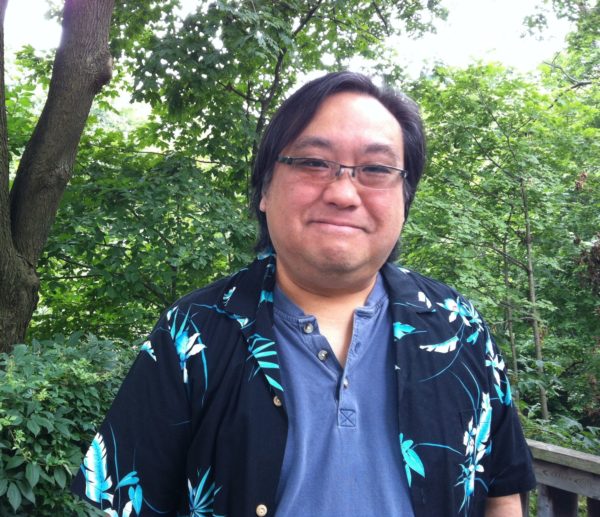 Terry Watada’s third novel, “Mysterious Dreams of the Dead”, and fifth poetry collection, “The Four Sufferings”, were released simultaneously in December 2020.
Terry Watada’s third novel, “Mysterious Dreams of the Dead”, and fifth poetry collection, “The Four Sufferings”, were released simultaneously in December 2020.

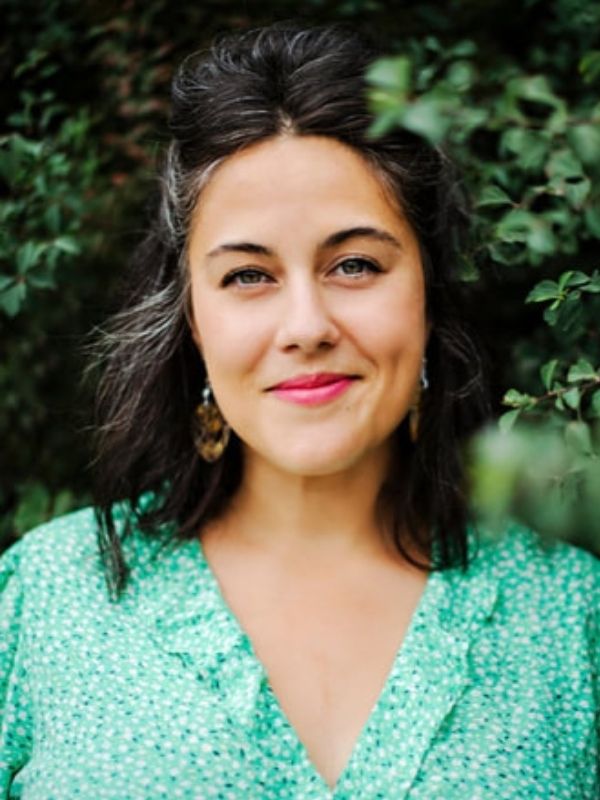

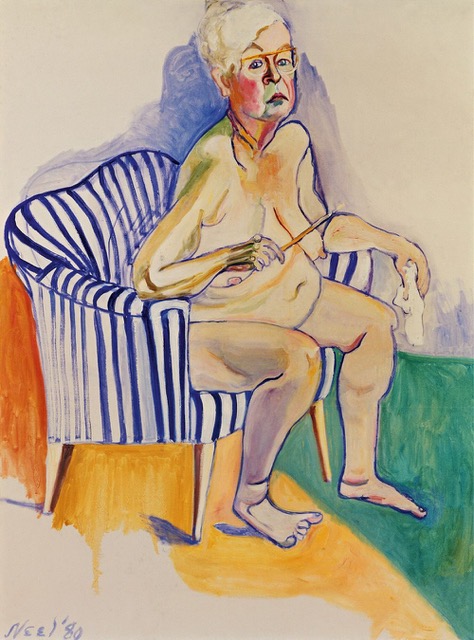
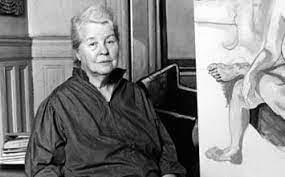
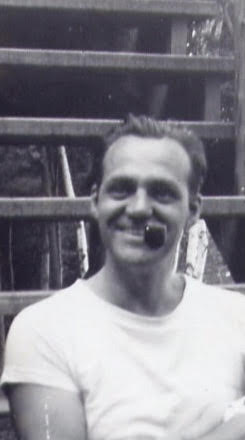
 Callista Markotich, a retired Superintendent of Education, is grateful for every Safe U-Turn. Other poems appear in Grain, Prairie Fire, Riddlefence, Nashwaak Review among others.
Callista Markotich, a retired Superintendent of Education, is grateful for every Safe U-Turn. Other poems appear in Grain, Prairie Fire, Riddlefence, Nashwaak Review among others.